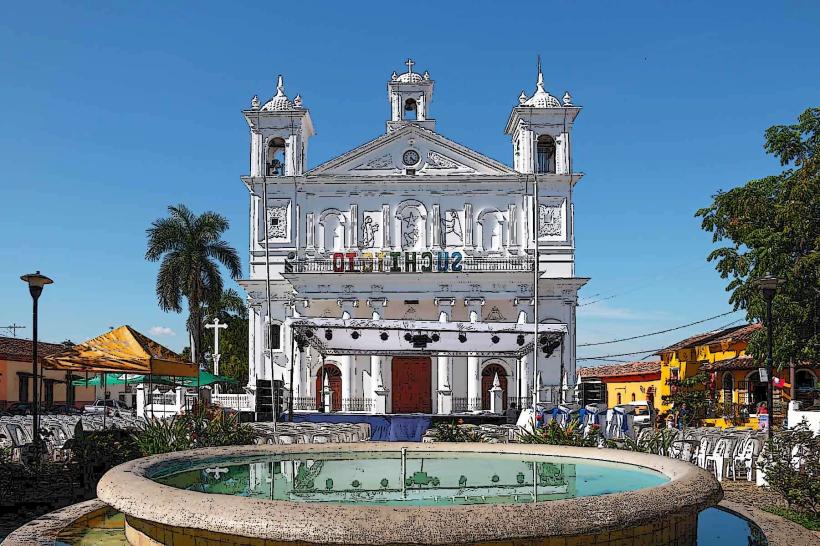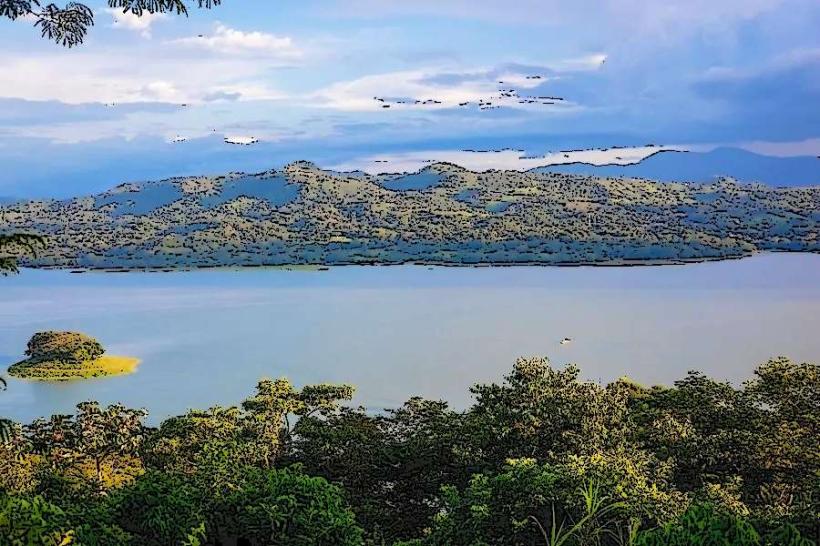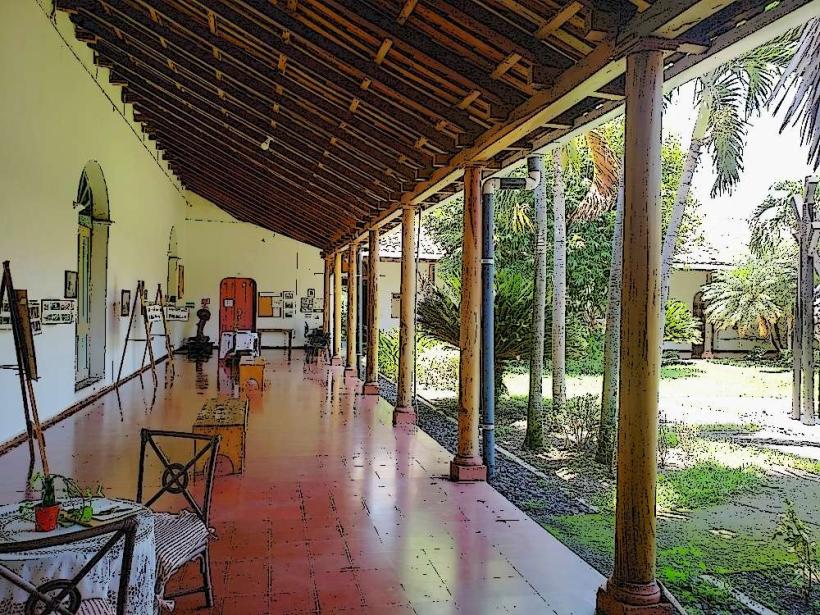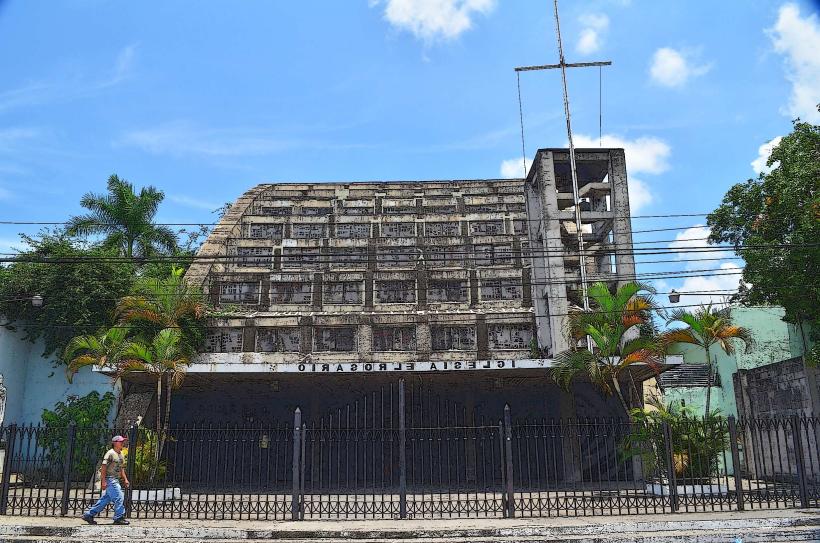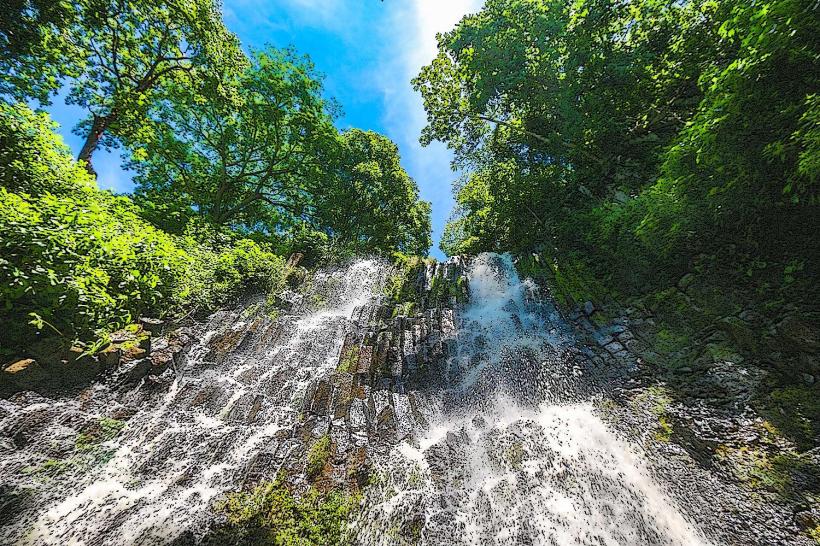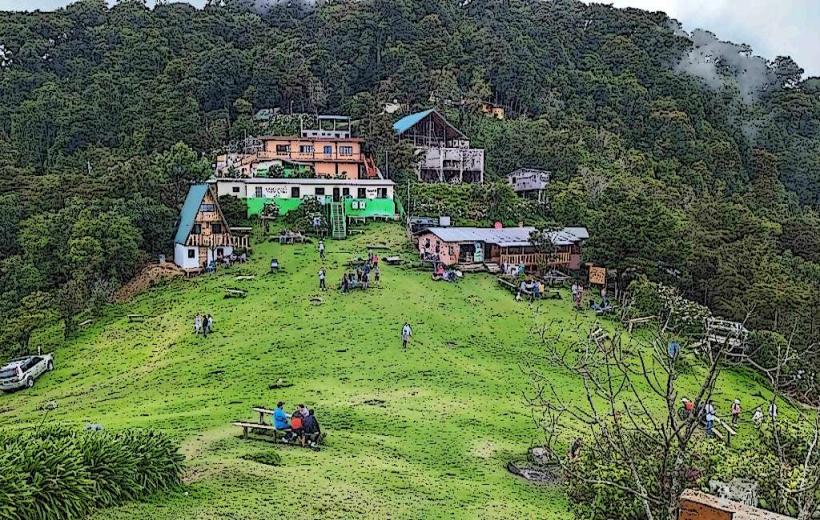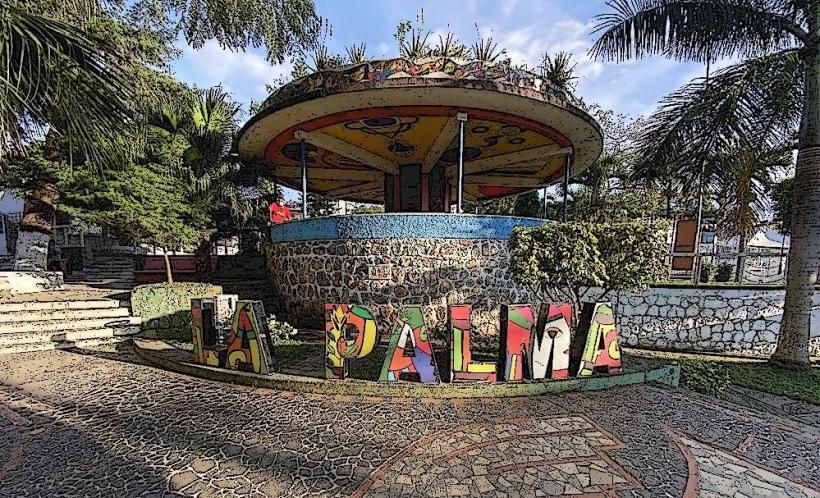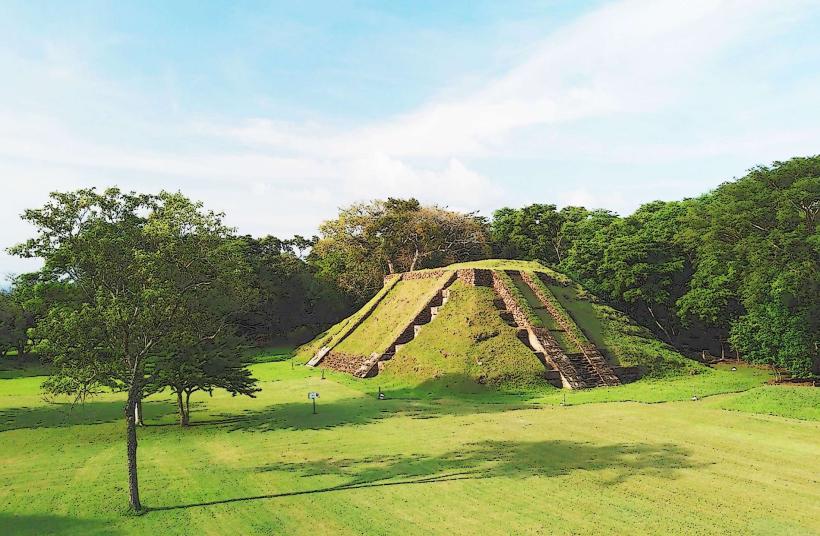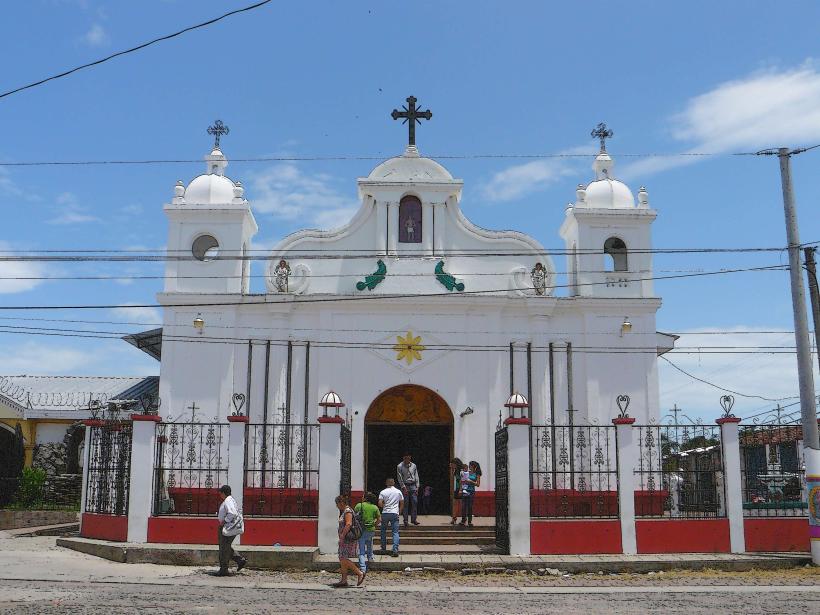Information
Landmark: Los Naranjos Archaeological SiteCity: Suchitoto
Country: El Salvador
Continent: North America
Los Naranjos Archaeological Site – An Ancient Landmark in El Salvador
The Los Naranjos Archaeological Site is an important Mayan archaeological site located in the Ahuachapán Department of western El Salvador, near the border with Guatemala. This site is significant for its historical, cultural, and archaeological value, offering insight into the ancient Mayan civilization that once thrived in this region.
Historical Background
- The Los Naranjos site dates back to the Classic Period of Mayan civilization, specifically between 300 AD and 900 AD. The site is believed to have been a key settlement during the height of the Mayan civilization in Central America, as it was part of a network of cities that played important roles in the region’s social, economic, and political life.
- The site was rediscovered in the 1980s by archaeologists, who began excavating and studying the remains of the ancient settlement. It is now recognized as one of the most significant archaeological sites in western El Salvador, providing valuable insights into Mayan culture and urban development.
Archaeological Features and Structures
1. Plaza and Architectural Layout
- The site is centered around a large plaza, which was likely the focal point of social and ceremonial activities for the inhabitants of the settlement. The plaza is bordered by several important structures, including temples, platforms, and ballcourts, all characteristic of Mayan urban planning.
- The temples at Los Naranjos are built with the traditional Mayan architecture, utilizing local materials like stone and lime plaster. These structures were likely used for both ceremonial purposes and as homes for the elite members of society.
- The overall layout of the site suggests a well-planned city, with its buildings and structures arranged around the central plaza, allowing for easy access and interaction between different areas of the settlement.
2. Stelae and Monuments
- Like many Mayan archaeological sites, Los Naranjos is home to a number of stelae—tall stone monuments that were carved with Mayan hieroglyphs and images. These stelae were often erected to commemorate important events, such as the ascension of rulers, military victories, or other significant historical moments.
- The inscriptions found on the stelae provide valuable information about the political and social history of the site and its rulers. Archaeologists continue to study these stelae to better understand the site's role in the larger context of Mayan civilization in the region.
3. Ballcourt
- One of the most significant features of the Los Naranjos site is its ballcourt, an essential part of many Mayan cities. The ballcourt was used for the ceremonial Mesoamerican ballgame, a ritual sport that had both athletic and symbolic significance.
- The court is marked by stone platforms and walls that once served as the boundaries of the playing area. The ballgame played a role in reinforcing social hierarchies, as it often involved elite participants and was linked to themes of life, death, and the cosmos.
Cultural and Social Significance
1. Mayan Civilization in Western El Salvador
- Los Naranjos was an important site for understanding the influence of the Mayan civilization in western El Salvador and its interaction with neighboring cultures. The region was home to several interconnected Mayan cities that shared cultural practices, architectural styles, and trade networks.
- The site is believed to have been part of the Maya Lowlands region, which was characterized by a complex society with highly developed agricultural practices, art, architecture, and a rich religious and political structure.
2. Social Structure and Daily Life
- The archaeological findings at Los Naranjos suggest a society with a clear social hierarchy. The elite class likely resided in the larger structures near the central plaza, while common people lived in smaller dwellings around the periphery of the settlement.
- Evidence of everyday activities, such as food preparation, craft production, and ritualistic practices, can also be found at the site, shedding light on the daily lives of the people who inhabited the area.
3. Interaction with Other Cultures
- The location of Los Naranjos also points to the site’s strategic position in the broader regional trade network. The Mayans in this area likely interacted with other cultures to the north, south, and west, which helped to foster cultural exchange and economic prosperity.
Visiting Los Naranjos Archaeological Site
1. Access and Location
- The Los Naranjos Archaeological Site is located in the Ahuachapán Department, close to the town of San Francisco Menéndez. The site is approximately 15 kilometers (9 miles) from the town center and can be reached by road.
- It is recommended to visit with a guide or as part of an organized tour to fully appreciate the significance of the site and gain a deeper understanding of the history and archaeological findings.
2. Visitor Experience
- The site is open to visitors, who can explore the plaza, temples, stelae, and ballcourt, learning about the history of the site through guided tours or informational panels.
- Visitors can also enjoy the surrounding natural beauty of the area, which is nestled within the western mountains of El Salvador. The lush vegetation and scenic views of the landscape provide a tranquil setting for exploration and reflection.
3. Preservation and Education
- Efforts have been made to preserve the Los Naranjos site, ensuring that it remains a valuable resource for future generations of archaeologists and visitors alike. The site is managed by local authorities, and some projects focus on conservation and continued research to uncover more details about the history of the settlement.
Conclusion
The Los Naranjos Archaeological Site is a fascinating destination for those interested in Mayan history, archaeology, and culture. Its well-preserved structures, including temples, stelae, and a ballcourt, offer a glimpse into the lives of the ancient Mayan people who once inhabited the area. Whether you are a history enthusiast, an archaeology lover, or simply seeking a tranquil and educational experience, Los Naranjos provides a unique opportunity to connect with the rich heritage of El Salvador’s past.

